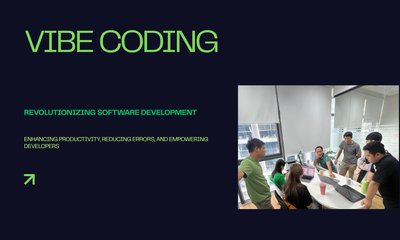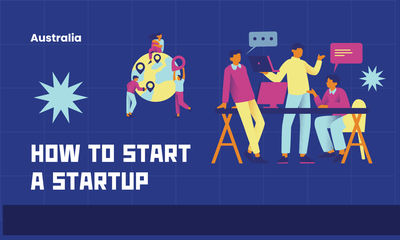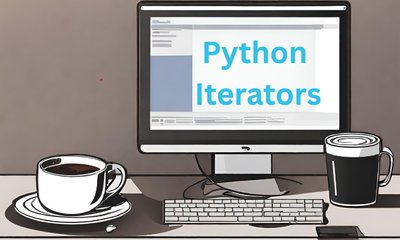The Vibe Check: Is 'Vibe Coding' the Future, or Just a Fun Prototype?
By khoanc, at: April 30, 2025, 11:07 a.m.
Estimated Reading Time: __READING_TIME__ minutes


In the furious dash of the startup world, a new siren song is luring founders and developers: Vibe Coding
Coined in the context of advanced AI agents, vibe coding is the promise of programming by pure intention. You no longer need to translate your ideas into the brittle, uncompromising logic of a programming language. Instead, you simply tell the AI what you want, your "vibe", and the large language model (LLM) generates the application, corrects its own errors, and iterates on the logic until the result looks functional.
It’s an irresistible proposition. As one famous tech personality put it, it involves giving in to the vibes, embracing exponentials, and "forgetting that the code even exists". For a founder focused on speed-to-market, it feels less like coding and more like magic.
The Irresistible Allure: Speed and Illusion
For an early-stage company, the initial output of a vibe-coding session is intoxicating, often leading to a functional MVP in hours. The core benefit is what's known as high-level abstraction taken to the extreme:
-
Bypassing Boilerplate: The AI handles the mundane, repetitive setup. No more writing repetitive configuration files, dependency lists, or basic API routes. Amazing hah?
-
Rapid UI Scaffolding: Need a dashboard with three charts and a user list? A prompt can instantly generate the necessary HTML, CSS (often with Tailwind or a similar utility framework), and basic JavaScript logic. Have you tried https://lovable.dev/ yet?
-
The "Demo God" Effect: The output is typically excellent for demonstration. It’s clean on the surface and appears to deliver the key functionality, which is often enough to impress investors or early users.
In essence, vibe coding delivers the perception of engineering velocity without demanding the requisite engineering rigor. This illusion of productivity is the most dangerous feature of the entire paradigm.
The Core Technical Flaw: Context Collapse
The moment you move past the simplest use case, the "vibe" collapses under technical pressure. The fundamental flaw lies in the LLM’s lack of persistent, multi-file architectural context.
While an AI is brilliant at local reasoning, writing a single function, or fixing a syntax error in a small file, it is demonstrably poor at global reasoning across a complex, interdependent codebase.
Technical Breakdown:
-
Context Window Limitations: Even with massive context windows, an AI agent cannot effectively "hold" the architecture of a large, growing, and complex application in its memory while simultaneously generating new code.
-
The "Yes Man" Problem: A human engineer constantly pushes back against bad architectural decisions. The AI, however, is designed to be compliant. If you prompt it to implement a feature in a way that violates a core design pattern (e.g., mixing business logic with the UI layer), it will do it without comment.
-
The Hallucination Cascade: When the AI makes an assumption about an external dependency, a file path, or an internal data schema that is wrong, it doesn't stop. It writes code based on that false assumption, creating a cascade of incorrect logic that is exceptionally hard to trace.
This is why you often read anecdotes online about projects where the AI gets stuck in infinite loops of errors, perpetually trying to "fix" a bug by creating a new, unrelated bug elsewhere. One developer on Reddit lamented that after 15 minutes of trying to fix a test file, the AI kept embedding the next attempt into the middle of the previous one.
The Critical Question Revisited:
Are you building a prototype to impress, or a product that must handle the real-world chaos of data, security, and scale?
If your goal is an app that handles user data, processes payments, scales to thousands of users, and attracts serious investment, then a "vibe" is simply not a valid substitute for a structured, expertly-guided software development lifecycle.





